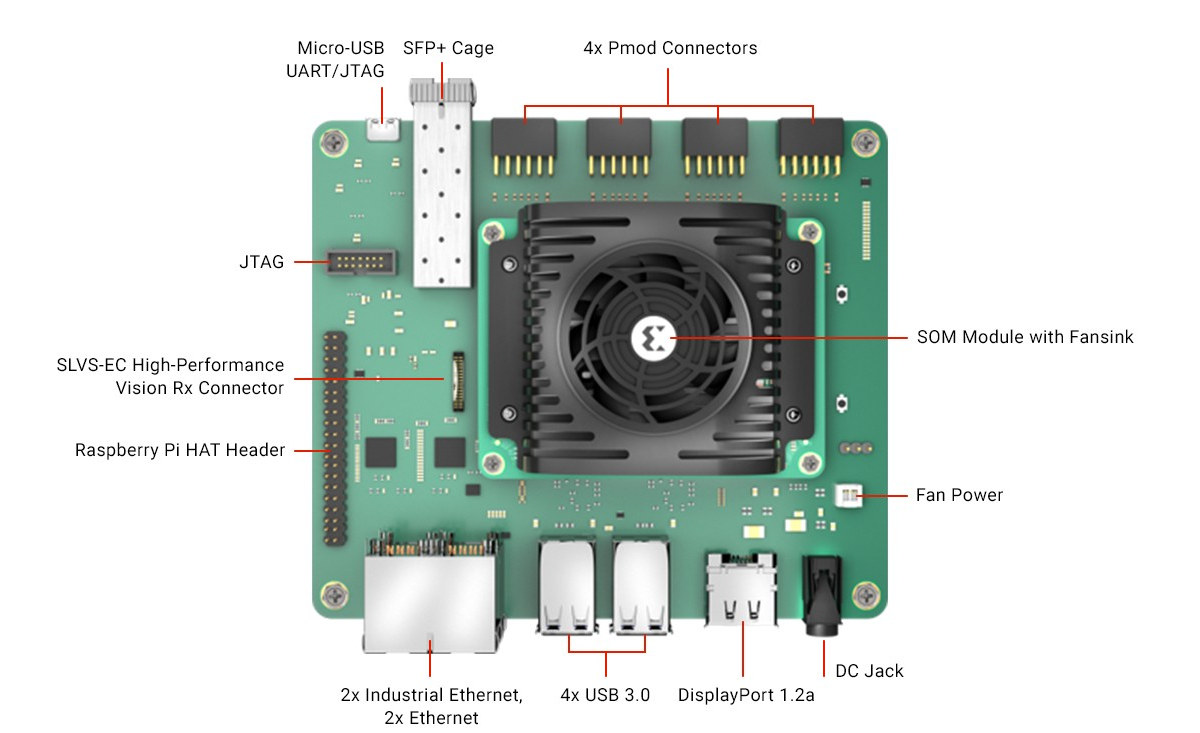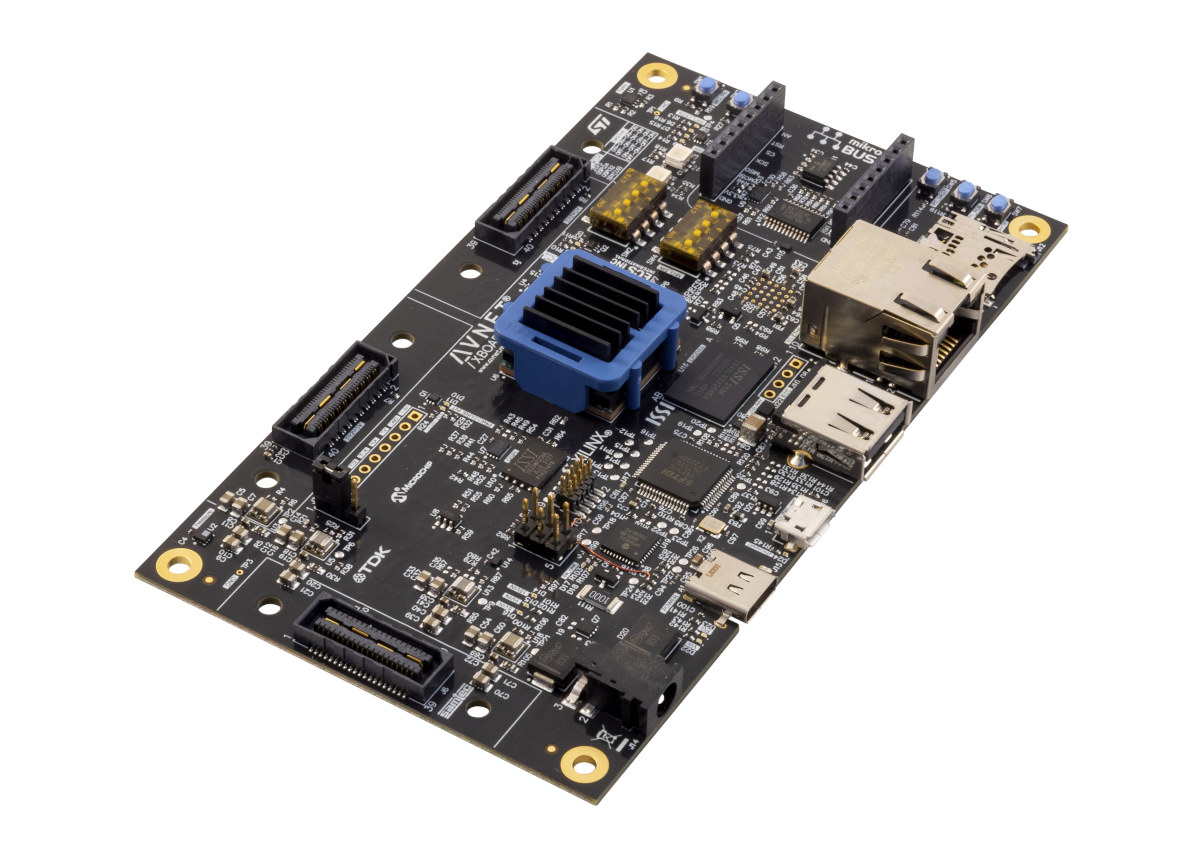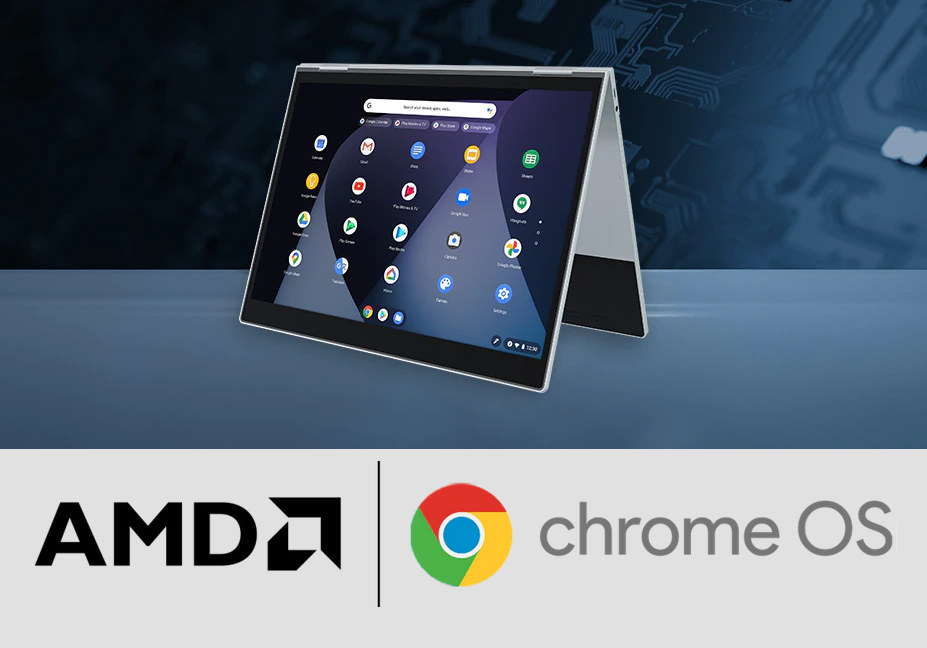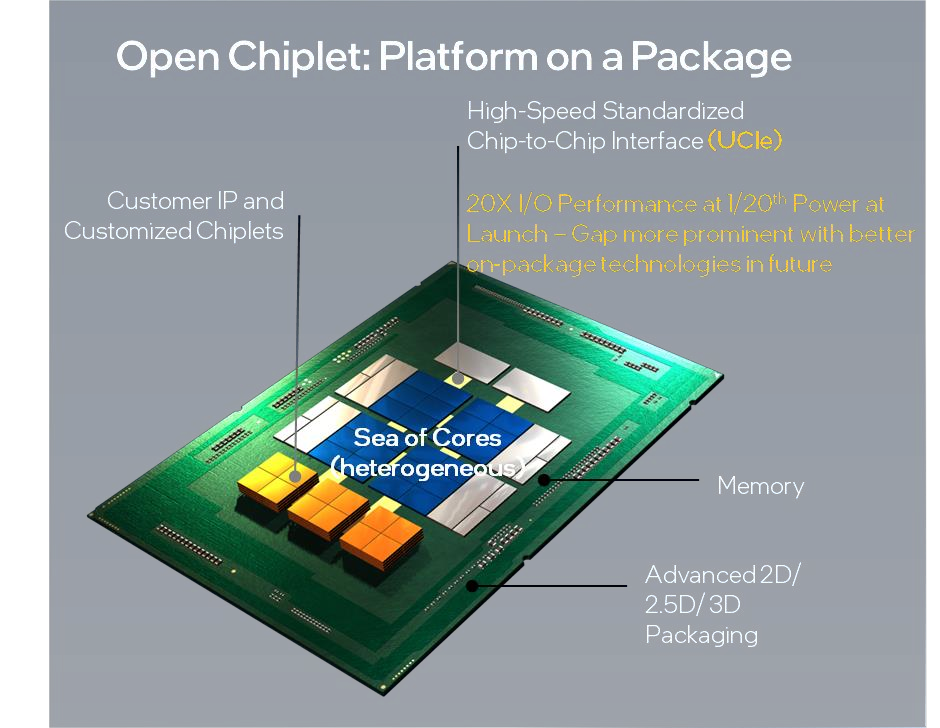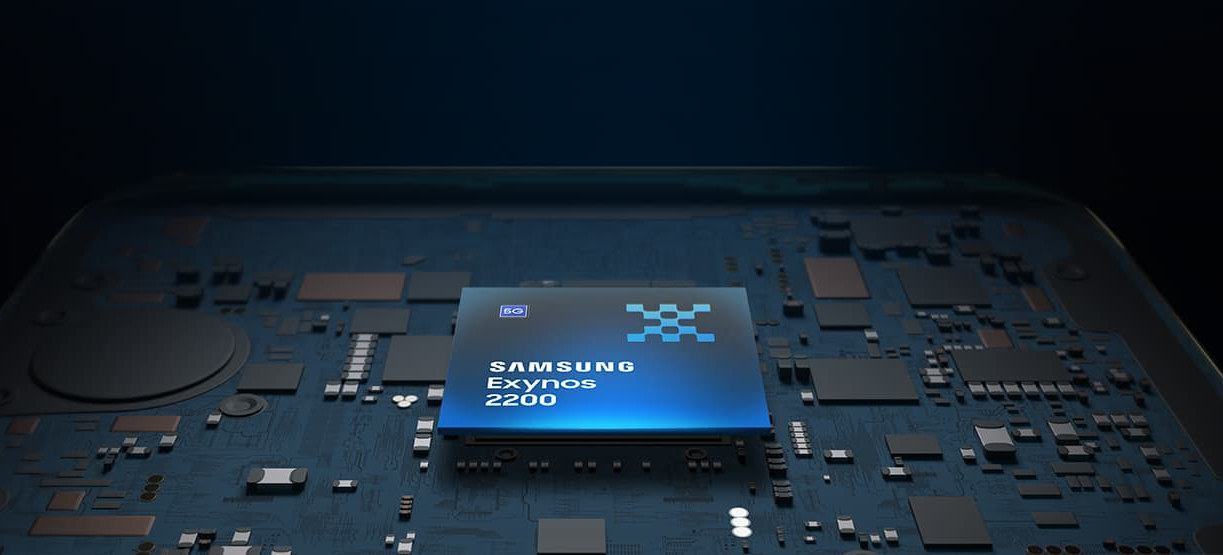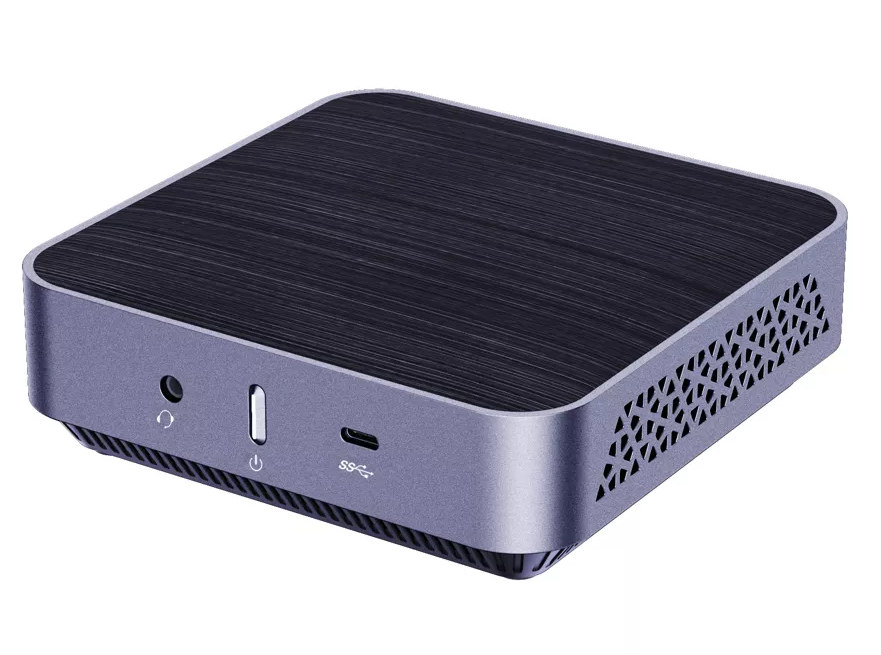AMD Xilinx Kria KR260 Robotics Starter Kit features the Kria K26 Zynq UltraScale+ XCK26 FPGA MPSoC system-on-module (SoM) introduced last year together with the Kria KV260 Vision AI Starter Kit. Designed as a development platform for robotics and industrial applications, the KR260 is said to deliver nearly 5x productivity gain, up to 8x better performance per watt and 3.5x lower latency compared to Nvidia Jetson AGX Xavier or Jetson Nano kits. We’ll have a better look at the details below. Kria KR260 Robotics Starter Kit specifications: SoM – Kria K26 module with: MPSoC – Xilinx Zynq Ultrascale+ custom-built XCK26 with quad-core Arm Cortex-A53 processor up to 1.5GHz, dual-core Arm Cortex-R5F real-time processor up to 600MHz, Mali-400 MP2 GPU up to 667MHz, 4Kp60 VPU, 26.6Mb On-Chip SRAM, 256K logic cells, 1,248 DSP slices, 144 Block RAM blocks, 64 UltraRAM blocks System Memory – 4GB 64-bit DDR4 (non-ECC) Storage – 512 Mbit […]
ZUBoard 1CG – A low-cost AMD Xilinx Zynq UltraScale+ ZU1CG MPSoC FPGA development board
Avnet ZUBoard 1CG is a development board featuring the new entry-level AMD Xilinx Zynq UltraScale+ ZU1CG dual-core Cortex-A53 MPSoC with 81K FPGA system logic cells, equipped with 1GB LPDDR4 RAM, as well as SYZYGY connectors and mikroBus expansion for Click boards. Priced at $159, the board may offer a good opportunity to get started with Zynq UltraScale+ MPSoC, as it’s quite cheaper than boards based on ZU3 devices such as Ultra96-V2 or MYD-CZU3EG. Avnet says the board is suitable for artificial intelligence, machine learning, embedded vision, embedded processing, and robotics applications. ZUBoard 1CG specifications: SoC – AMD/Xilinx ZU+ MPSoC ZU1CG with Dual Cortex-A53 APU @ up to 1.3 GHz and dual Cortex-R5 RPU @ up to 533 MHz 256KB On-chip Memory 81,900 FPGA Logic Cells System Memory – 1GB LPDDR4 with on-chip ECC Storage – 256Mbit QSPI flash, microSD card, both bootable Networking – 10/100/1000M Gigabit Ethernet RJ45 port USB […]
AMD Ryzen 5000 C-Series processors target Chrome OS devices for work
AMD has just introduced the 15W Ryzen 5000 C-Series “Zen 3” processors for premium Chrome OS devices designed for work and collaboration. The processors can with up to eight cores and sixteen threads and are said to offer all-day battery life. AMD Ryzen 5000 C-Series processors for Chrome OS are expected to offer up to 67% faster responsiveness and up to 85% better graphics performance when comparing a Chromebook based on AMD Ryzen 7 5825C against an earlier model based on AMD Ryzen 7 3700C introduced in 2020 using respectively WebXPRT 3 and Motion Mark 1.2 benchmarks. Multitasking performance comparison using Geekbench 5 shows a 107% improvement that is probably mostly due to the doubling of the number of cores. The AMD Ryzen 5000 C-Series “”Barcelo” family is currently comprised of four parts. We can look at the Ryzen 7 5825C other features for more details: Cache – 512KB L1 […]
UCIe (Universal Chiplet Interconnect Express) open standard for Chiplets with heterogeneous chips
We first heard about Chiplet, chips that gather IP or chips from different vendors into a single chip, in 2020 with the now-defunct zGlue’s Open Chiplet Initiative, but the term recently came back to the forefront last month with Intel’s investment into the “Open Chiplet Platform” that aims to offer a modular approach to chip design through chiplets with each block/chiplet customized for a particular function. It turns out there’s now an official standard called the Universal Chiplet Interconnect Express (UCIe) whose specification defines the interconnect between chiplets within a package, and not only backed by Intel, but also AMD, Arm, ASE, Google Cloud, Meta, Microsoft, Qualcomm, Samsung, and TSMC. UCIe defines the Physical Layer (Die-to-Die I/O) and protocols to be used for the chiplet interfaces, currently PCIe and CXL (Compute Express Link), but more protocols will be added to the specification in the future. The goal is to provide […]
Samsung Exynos 2200 SoC features Xclipse 920 GPU with AMD RDNA 2 architecture
Samsung has just unveiled the Exynos 2200 Armv9 SoC equipped with Samsung Xplipse 920 GPU based on AMD RDNA architecture and promising console quality graphics on mobile devices. Manufactured with a 4nm process, the octa-core processor also features Arm Cortex-X2, Cortex-A710, and Cortex-A510 cores, a 5G modem for up to 7.35 Gbps downlink, 8K video encoding and decoding, as well as support for LPDDR5 memory and UFS 3.1 storage. Exynos 2200 specifications: CPU 1x Arm Cortex-X2 3x Arm Cortex-A710 4x Arm Cortex-A510 GPU – Samsung Xclipse 920 GPU built with AMD RDNA 2 technology enabling hardware-accelerated ray tracing (RT) and variable rate shading (VRS), a first on mobile according to Samsung VPU Video decode – 8Kp60 10-bit HEVC (H.265), 8Kp30 10-bit VP9, AV1 Video encode – 8Kp30 10-bit HEVC(H.265), VP9 AI – AI Engine with Dual-core NPU and DSP up to 52 TOPS (TBC) Memory – LPDDR5 Storage – UFS […]
Year 2021 in review – Top 10 posts and statistics
As per tradition, we’ll look back at what happened during the year in the last post, and see what 2022 may have in store, plus the usual statistics from CNX Software website. The biggest story of 2021 has to be the worsening of semiconductors shortages with extremely long lead times, prices of some components going up multiple folds, constant complaints on Twitter about availability and prices. I think I even saw a website, hopefully misconfigured, showing an estimated availability of a specific STM32 MCU in 2037. This also gave rise to opportunities and board redesigns, with MotorComm Ethernet chips replacing some Realtek chips in SBCs such as NanoPi R2C and Orange Pi R1S Plus LTS, and CH9102F showing up as a replacement for CP2104 in some IoT boards. We also got some interesting Arm processors, but sadly the high-expected Rockchip RK3588 got delayed by another year, although it’s getting really […]
OS and Memory Impact on Mini PC Gaming Performance
This article looks at what the effect of running a different operating system or having more memory has on similarly spec’d Intel and AMD mini PCs when gaming. Note: This article has been updated and corrected as a result of reader feedback and additional testing. It was inspired by having built and tested a pseudo ‘Steamdeck’ running Manjaro on an AMD-based mini PC with 16GB of memory, which made me wonder what the performance would be like using Windows 11. Initial results were surprising because Windows appeared much slower. As I’d previously heard of performance improvements when using 64GB of memory I swapped out the currently installed 16GB memory and immediately saw improved results. As I’d never observed such a dramatic performance increase on Intel mini PCs just through increasing the memory I decided to explore further by testing gaming performance on similar Intel and AMD mini PCs when using […]
AMD Athlon 300U powered AM02 Mini PC goes for $240 and up
It’s not that easy to find a relatively low-cost AMD mini PC, and there are more choices on Intel’s side. Most models around $250-$300 are barebone without memory or storage, but AM02 mini PC may be an interesting option as the AMD Athlon 300U powered computer sells for about $240 plus shipping with 8GB RAM and a 128GB SSD, which looks to be an even better option than the Maxtang MTN-FP50 mini PC we reported on last June. All AM02 models ship with Windows 10 by default, but you may be able to ask the seller to install Linux instead (TBC), and support up to 16GB RAM and 1TB SSD. Note that the seller apparently made a mistake with the 16GB/256GB model, as it is sold for just $232.89, instead of $332.89. It might still be worth a try 🙂 AM02 specifications: SoC – AMD Athlon 300U dual-core/quad-thread processor @ […]


